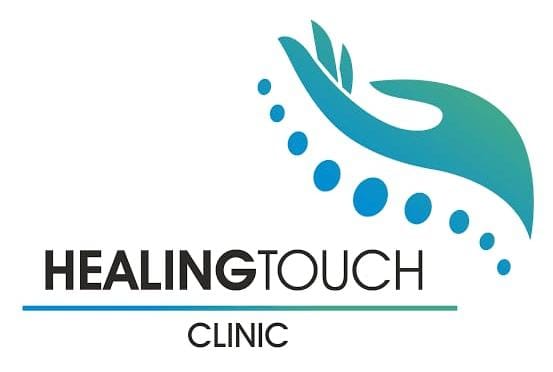+918048073364

This is your website preview.
Currently it only shows your basic business info. Start adding relevant business details such as description, images and products or services to gain your customers attention by using Boost 360 android app / iOS App / web portal.
Description
Varicose veins are swollen, twisted veins that usually occur in the legs due to weakened valves and poor blood circulation. They are often blue or purple and may bulge under the skin. While they can be harmless, they may cause discomfort or lead to complications in some cases. Symptoms Visible, enlarged veins (twisted or bulging) Aching, heaviness, or throbbing in the legs Swelling in the lower legs Itching or burning around veins Muscle cramps (especially at night) Worsened pain after prolonged sitting/standing Skin discoloration or ulcers (in severe cases) Causes & Risk Factors Weak vein valves: Malfunctioning valves allow blood to pool. Age: Veins lose elasticity over time. Gender: More common in women (hormonal changes, pregnancy). Genetics: Family history increases risk. Obesity: Extra weight strains veins. Prolonged standing/sitting: Reduces blood flow. Pregnancy: Increased blood volume and pressure on veins. Complications (Rare but Possible) Ulcers: Painful sores near varicose veins. Bleeding: Veins close to the skin may burst. Deep Vein Thrombosis (DVT): Blood clots in deep veins (seek urgent care if leg is swollen/painful). Treatment Options Self-Care & Lifestyle Changes Exercise: Walking improves circulation. Compression stockings: Reduce swelling and support veins. Elevate legs: Helps blood flow back to the heart. Avoid long sitting/standing: Take breaks to move. Weight management: Reduces pressure on veins. Medical Treatments Sclerotherapy: Injections to close small veins. Laser therapy: Shrinks veins with heat. Radiofrequency ablation: Uses heat to seal veins. Vein stripping: Surgical removal of large veins (rare). When to See a Doctor Severe pain, swelling, or skin changes. Bleeding from a varicose vein. Signs of infection (redness, warmth, fever). Non-healing leg ulcers. Prevention Tips Stay active (walking, cycling). Maintain a healthy weight. Avoid crossing legs when sitting. Wear loose clothing to improve circulation.

